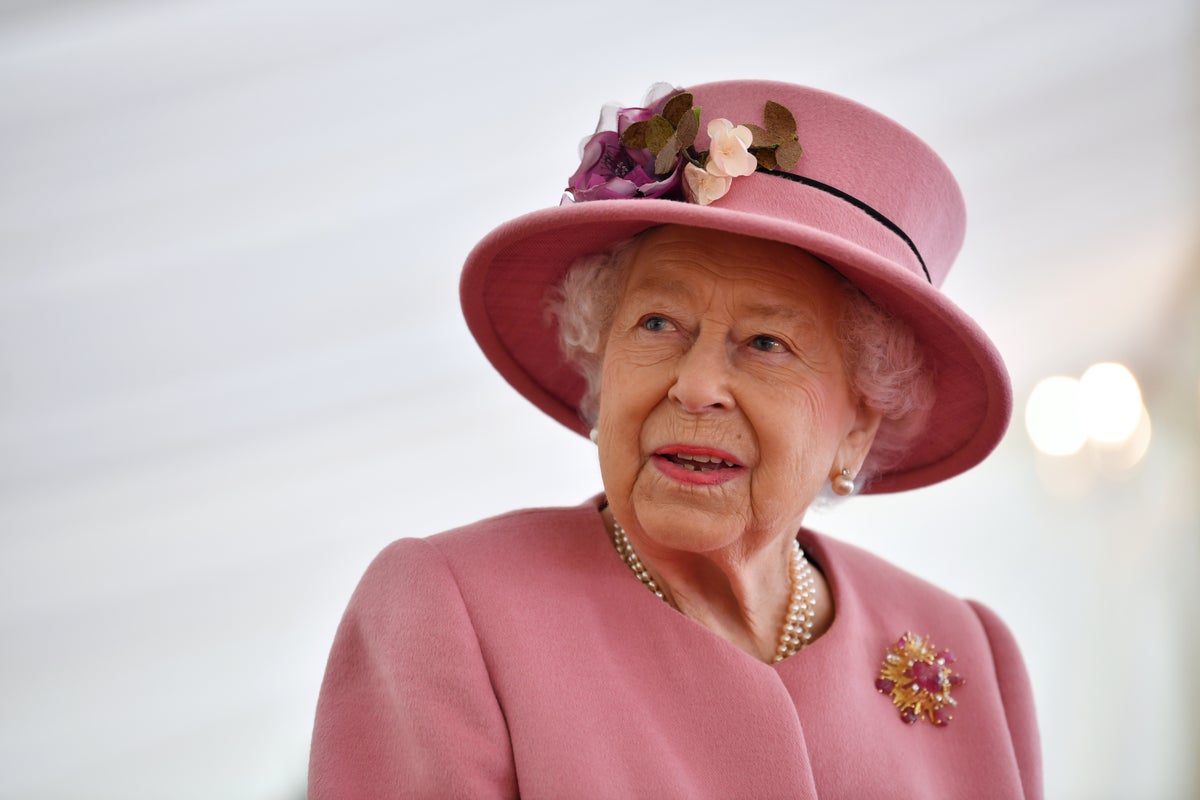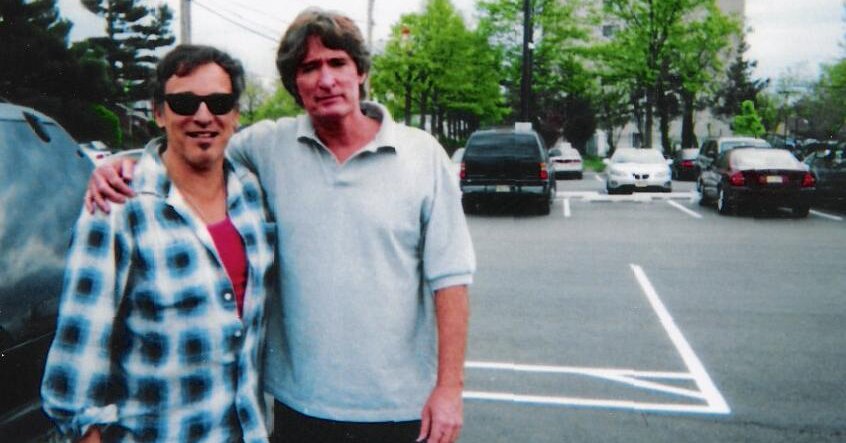
Kathan Brown, Acclaimed Fine Art Printmaker, Dies at 89
Kathan Brown, the founder of the San Francisco-based company Crown Point Press, who helped revive the centuries-old art of intaglio printmaking in the United States, producing limited-edition prints by artists like Elaine de Kooning, Chuck Close and Francesco Clemente, died on March 10 at her home in the Bay Area. She was 89.
Her death was confirmed by her son, Kevin Parker.
Ms. Brown spent more than 60 years establishing her reputation as a master of a printing technique that goes back to 15th-century Europe and was used by the likes of Rembrandt and Albrecht Dürer.
Crown Point Press is “the most instrumental American print shop in the revival of etching as a medium of serious art,” the art historian Susan Tallman wrote in her 1996 book, “The Contemporary Print.”
Unlike the more common practice of lithography, which uses chemicals to bind an image to the flat surface of a metal plate or stone, intaglio printing involves etching the image into a copper or zinc plate with a stylus or with acid, creating grooves that are then filled with ink.
When the plate is run through the steel rollers of the press and the image is transferred to paper, the ink reservoirs create a deep color saturation and a velvety quality, Valerie Wade, the director of Crown Point Press, said in an interview.
Ms. Brown typically invited artists, both emerging and established, to Crown Point for two-week residencies. The point was not to create reproductions of existing works, but to produce originals — or “unique multiples,” as the company calls them — in editions of 25 to 35. Over the years, Ms. Brown’s stable of artists included luminaries like Sol LeWitt, Pat Steir, John Baldessari, Helen Frankenthaler, Chuck Close and Ed Ruscha.
The limited-edition prints, currently priced from about $3,000 to about $15,000, made the work of top artists affordable to casual art enthusiasts, as well as to private collectors and galleries. Many have ended up in the archives of museums around the world, including the National Gallery of Art in Washington and the Museum of Modern Art in New York.
Because most of the artists Ms. Brown worked with had no experience with this form of printmaking, their efforts amounted to forays into a new artistic medium. “Printmaking’s layered quality allows the artist to see his drawings more analytically,” Ms. Brown said in a 1982 interview with The Atlanta Constitution.
Experimentation was part of the experience, she told The Oakland Tribune in 1980, “an opportunity to take some chances and risks with ideas that they might not take within their normal mediums.”
Kathan (pronounced KATH-un) Louise Brown was born on April 23, 1935, in New York City, the elder of two children of Elwood Brown, a portrait photographer, and Clarissa (Bradford) Brown, a schoolteacher who graduated from the Art Institute of Chicago.
She grew up in Daytona Beach, Fla., and eventually enrolled at Antioch College, in Yellow Springs, Ohio, earning a bachelor’s degree in English literature in 1958. Along the way, she studied at the Central School of Arts and Crafts in London, where she took an etching class.
On a trip to Edinburgh after graduating, she found an old etching press in the yard of an inn, where it had been hidden during World War II by art students hoping to spare it from government scrap-metal drives for the war effort. She bought it for the equivalent of $75 and cashed in her return flight, traveling home on a freighter instead, so that she could bring the bulky cast-iron press back to the San Francisco Bay Area, where she settled with her first husband, Jeryl Parker.
Using her salvaged press, she and her husband started Crown Point Press in 1962, but they divorced shortly thereafter, and Ms. Brown set up shop in the basement of her home in Berkeley.
Early on, she established working relationships with the acclaimed California painters Wayne Thiebaud and Richard Diebenkorn.
Mr. Thiebaud’s “Delights,” a series of Pop Art depictions of ice cream and other sweets from 1964, was bound in book form, and decades later, a copy sold for about $100,000. “Green,” Mr. Diebenkorn’s series of abstract works from 1986, sold at auction last year for about $572,000.
In addition to her son, Ms. Brown is survived by her second husband, the artist Tom Marioni, whom she married in 1983; and two granddaughters.
Always looking to push boundaries, Ms. Brown did not restrict herself to working with visual artists. In 1986, the minimalist composer John Cage visited Crown Point’s studio and tried to capture the essence of fire by burning sheets of delicate Japanese paper on the press and creating prints out of the singed fragments.
Vito Acconci, the performance and video artist, once printed an image of airplane wings big enough to fill a gallery wall; he included the print in an early 1980s installation, along with a 20-foot ladder.
That particular artwork was a bit cumbersome to appeal to the casual art buyer. But, as Ms. Brown once said, “we are more concerned about work that will last rather than what will sell.”










